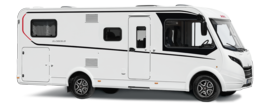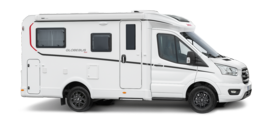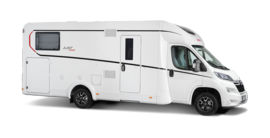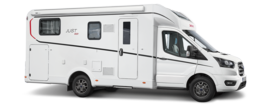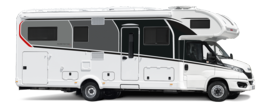Fuelling the vehicle correctly
Caution at the pump
Putting petrol in a diesel engine is a costly mistake. So take a careful look before handling the fuel nozzle, especially when abroad. But what do you do if the slip-up has already happened?
Petrol and diesel are often confused. According to the ADAC, a German automobile association, their patrol vehicles have been called out several thousand times in the past year alone due to refuelling mistakes. How does it happen? First of all, petrol nozzles fit most diesel tanks. Even motorhome tanks. Secondly, a brand’s product name, such as ‘Ultimate’ or ‘V-Power’ is more likely to be printed in larger letters than the name of the fuel type. And these brands supply both petrol and diesel products. Ultimately, most pumps today offer a choice of all varieties.
But what do you do if the slip-up has nevertheless happened? In any event, the incorrect fuel must be immediately drained at a garage. Owners of old diesel vehicles with indirect injection will be able to drive themselves to the garage, if it’s not too far away. Modern diesel engines with common rail fuel injection or a unit injector should not even attempt to start their engine, otherwise the injection pump may need to be replaced. In the worst-case scenario, you would be risking major engine damage.
To avoid more serious and very expensive damage, you must strictly follow the guidance in the vehicle owner’s manual. Your automobile association’s breakdown specialists will come to you and provide help. If necessary, they will tow the incorrectly refuelled vehicle to the nearest specialist garage. To prevent this from happening while you’re on holiday abroad, we have translated ‘diesel’ into the languages of the most popular holiday destinations:
- Italian: gasolio
- French: gazole, gasoil
- Spanish/Portuguese: gasólio, diesel
- German: Diesel
- Croatian: Eurodiesel
- Dutch: diezel
